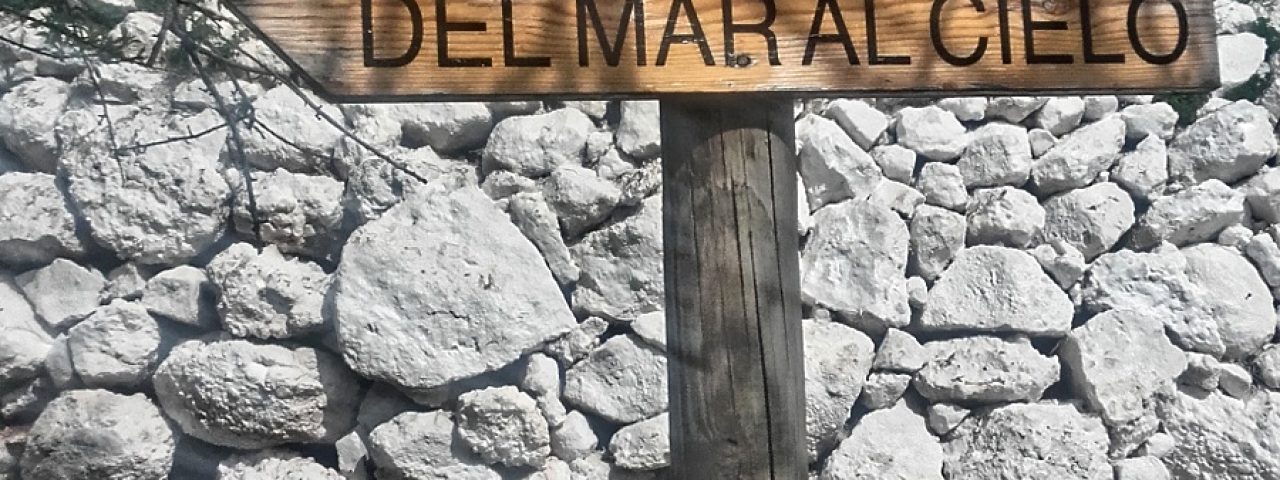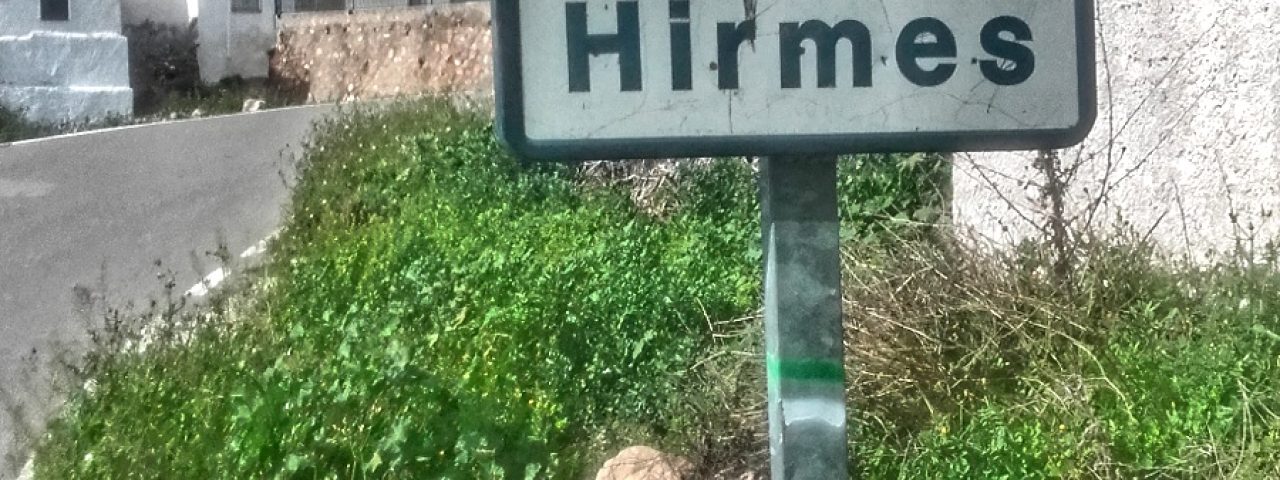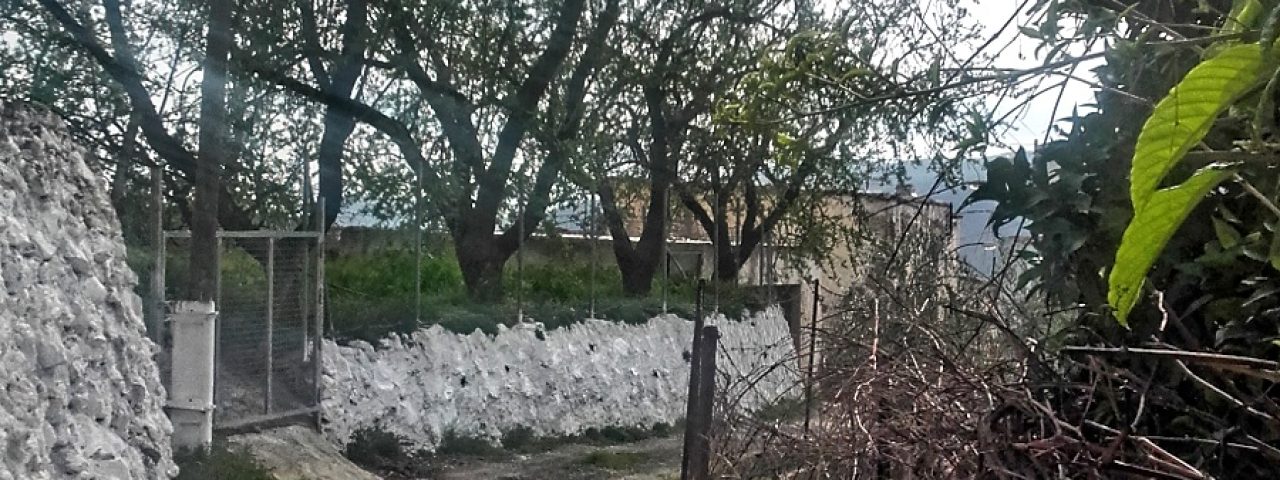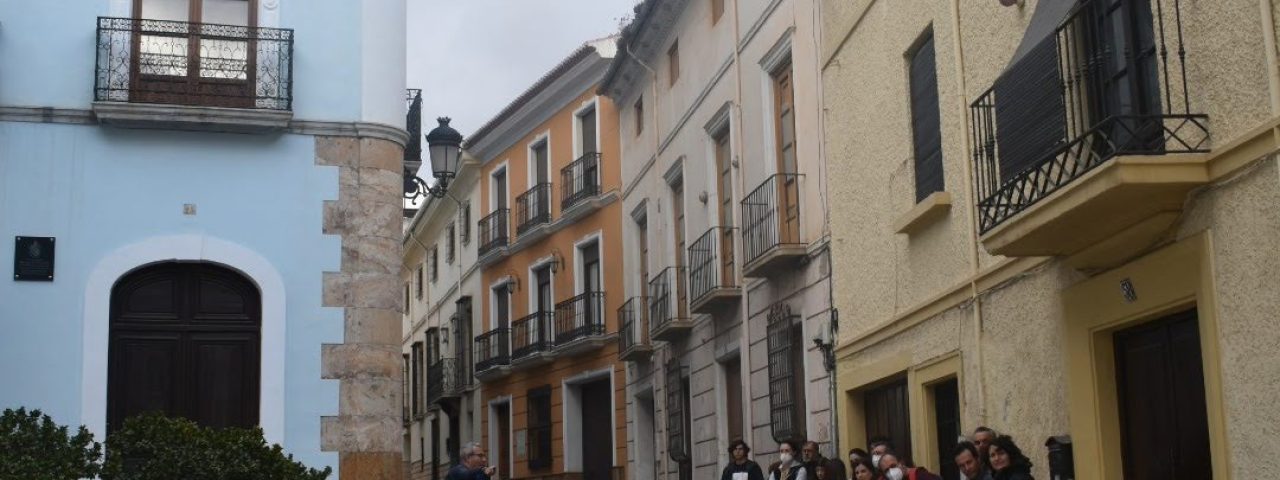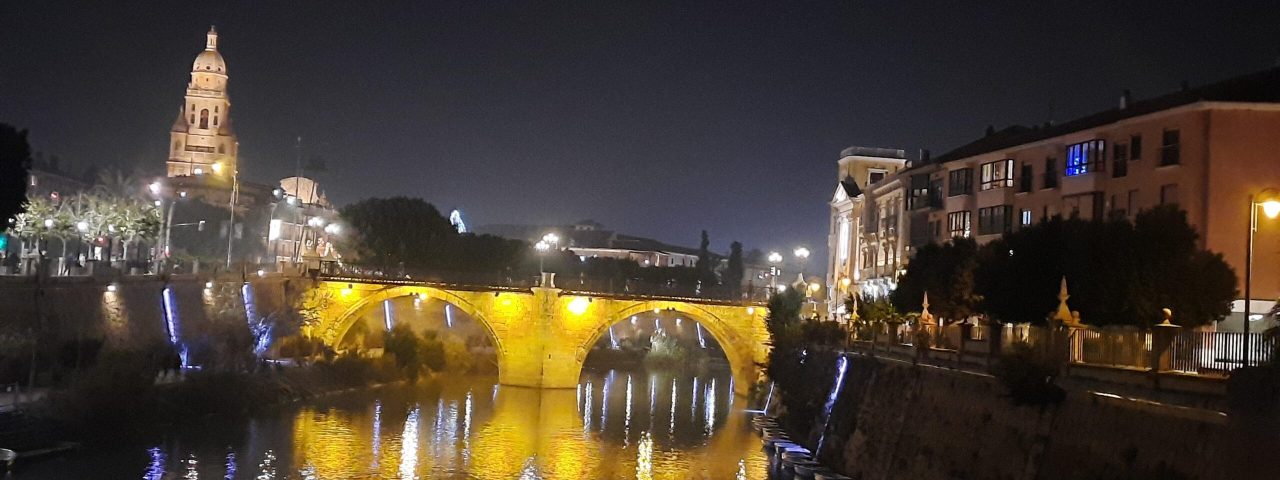Berja has a rich history that spans several civilizations, including the Romans, Moors, and Christians, all of whom left an indelible mark on the city. Originally a Roman settlement known as Vergi, the city was an important commercial hub in antiquity. During the Moorish period, it flourished under Islamic rule, and this heritage is still visible in the city’s architecture and customs. After the Christian Reconquista in the late 15th century, Berja transitioned into a more traditional Andalusian town, blending its diverse cultural influences.
Culturally, Berja is known for its vibrant festivals, most notably the “Fiestas de la Virgen de Gádor,” a celebration dedicated to the city’s patron saint that features parades, music, and religious processions. The city is also home to numerous flamenco performances, a tradition deeply rooted in Andalusian culture. Visitors can expect to experience the lively rhythms of flamenco guitar and passionate singing during local festivities.
Berja’s history is reflected in its many historic landmarks, such as the Church of the Anunciación, a beautiful example of Renaissance architecture, and the remains of Roman baths. The city’s rich cultural history and enduring traditions provide a deep sense of connection to Andalusia’s past while offering exciting opportunities for cultural exploration.
